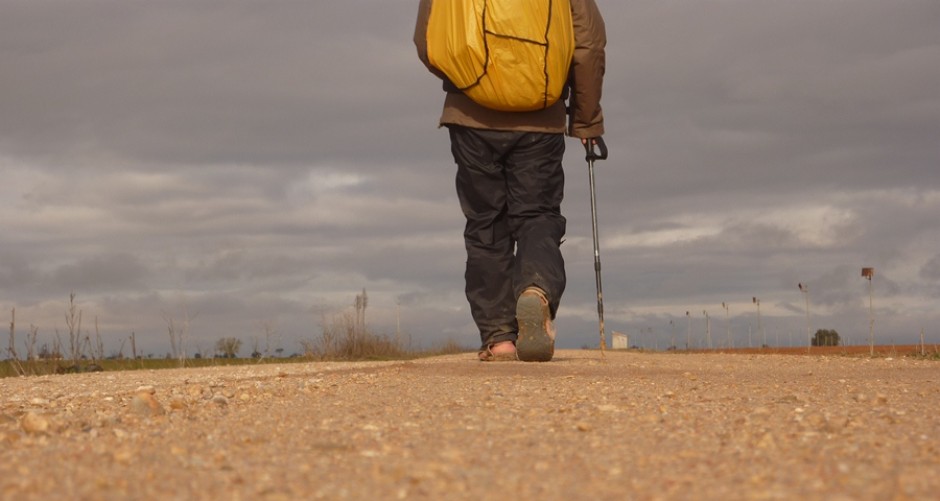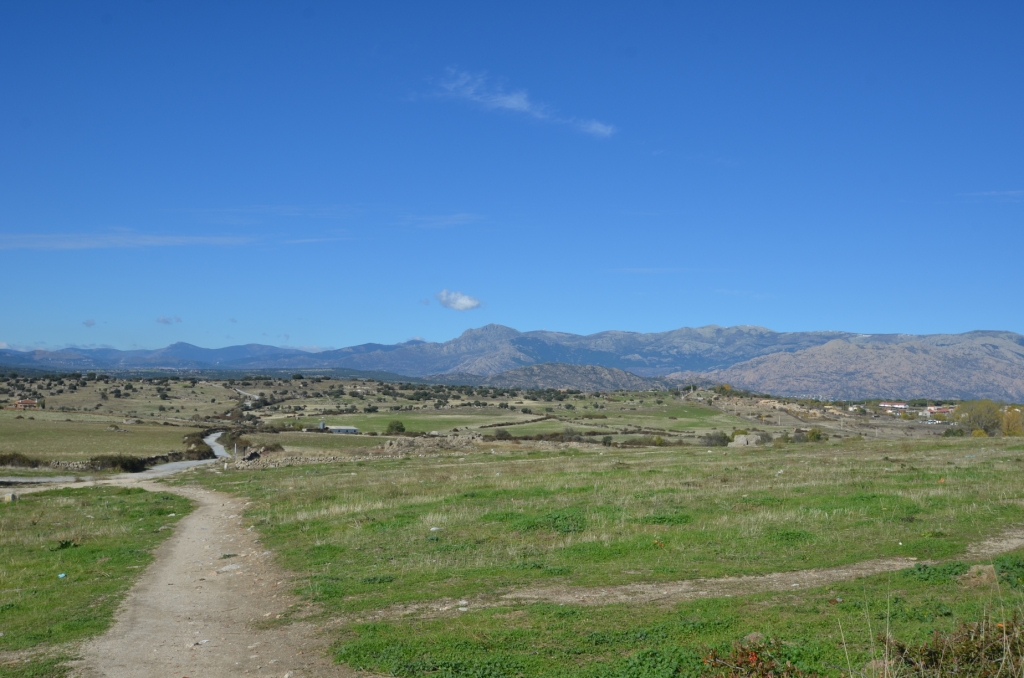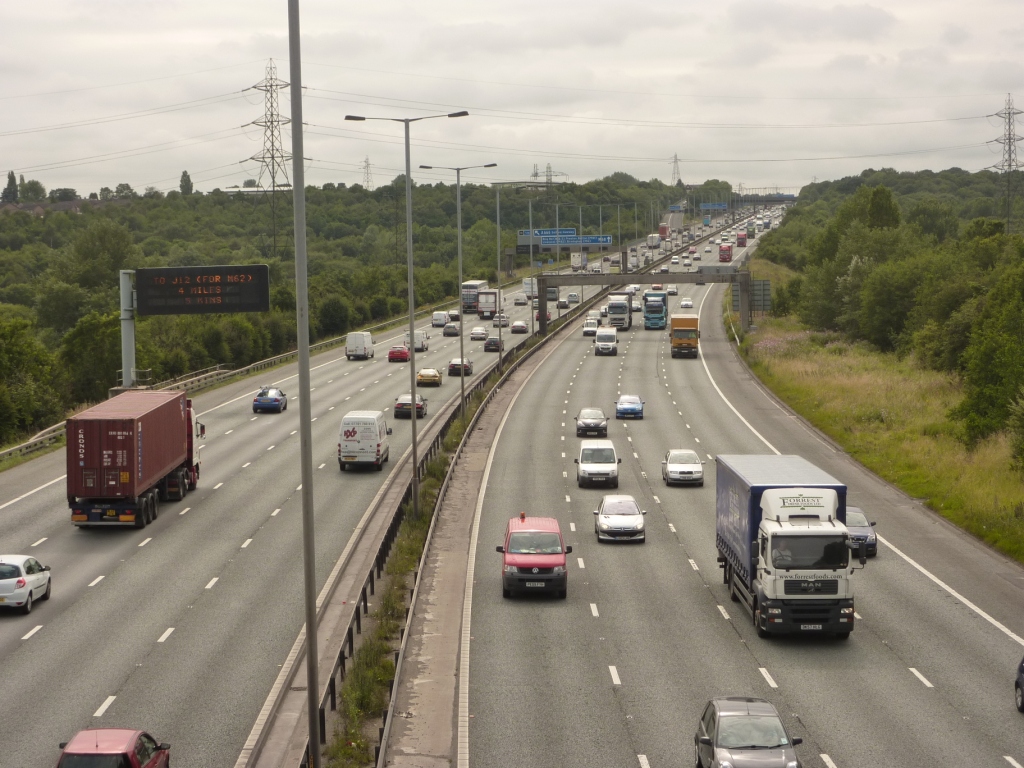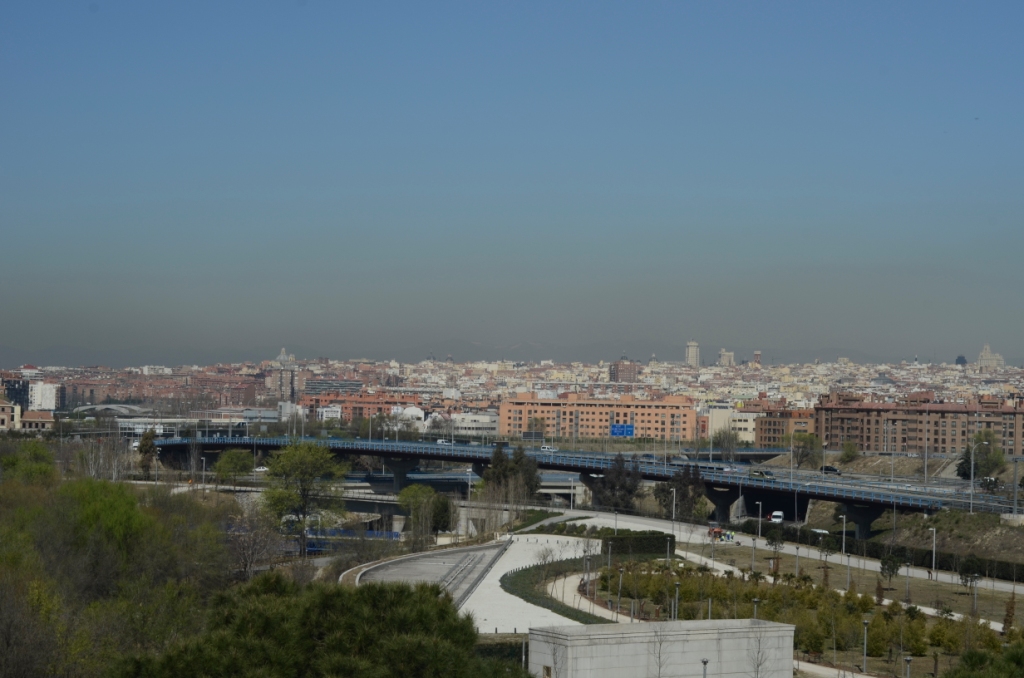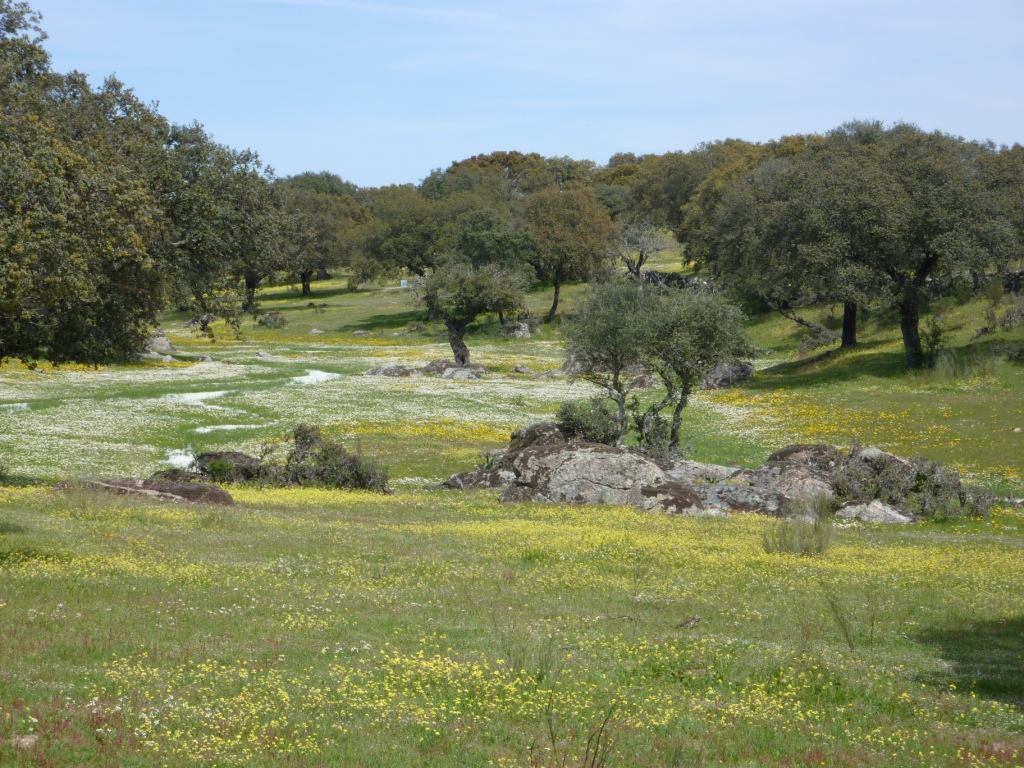Loving our Planet.
“I’ve just walked 500 miles!” You must be mad.
Many pilgrims on the Camino say their friends think they are mad to try to it. This is especially true of young people who set off for Santiago on their own. In my student days, 40 years ago I would not have believed that one day I would walk 500 miles in just over a month.
According to the most recent statistics posted by a fellow Glaswegian 60,000 young people completed the Camino in the first 10 months of 2013 and over 30,000 wrinklies. One of the effects of the Camino is that we are learning to walk again.
I remember an American student saying to me, in 1970, “the most important problem we have to tackle is cars. We need to ban cars.” At the time I was baffled and understood none of his reasoning. One of my difficulties was in seeing how we could travel the distances we did without cars. “You couldn’t walk to Rome these days,” I said. The idea of a world without cars seemed non-sensical and many will say it still does.
The Camino showed me that for anyone moderately fit it is possible to walk countries, even continents. This is not surprising since it is only in man’s recent history that he has stopped walking.
The richness of the Camino
Walking day after day we learn that the horizon ahead soon becomes the horizon behind. The kilometres clock up just the same as in a car. Of course, everything slows down. This, too, is one of the benefits of the Camino and one which many pilgrims say is the best part of it.
Walking day after day we live the hours of daylight in a way which most of us rarely do in our city lives. We are outside as the sun rises and our shadows are long. We see them shorten and lengthen again. Our faces sense the winds and rains and rays of the sun just like the trees and the flowers.
- Early morning shadow
The Camino exposes us to our planet in its rawness and Spain offers enough extremes for us to taste, but not be extinguished by, the earth’s constantly changing weather. We climb mountains; walk by brooks and rivers, through forests and meadows; and over the plains sown with corn or planted with row after row of vines. We are surrounded by growth. The birds along the Way are a constant source of sound and motion. Spain is a bird watchers paradise and there are few who walk a Camino without seeing storks and eagles and vultures or the golden oriel which nests on the higher lands before the Iron Cross.
Depending on what we choose to bring with us we can help ourselves slow down to appreciate these rhythms of nature. We need to leave behind our smart phones, for instance. (In the big supermarkets in Spain you can pick up a basic, social network-free mobile phone for 20 euros, which includes 10 euros credit.) Even if you are too attached to your social media to leave it behind the Camino is an immersion in another world where nature still reigns . Let go a little and you will be refreshed, if not reborn. The distances alone do the work, whether it is 100km or 500 miles or more.
Holding on to the Camino: to walk or to drive.
Inevitably a return to normal life after a Camino swallows up our good intentions and our desire to hang on to the new visions we have enjoyed on the Way. Many need to return to it again soon. This is a need, not a desire, because so many recognise the falseness of “normal” life and long for the authenticity of the Camino. They long to continue the new personal journey they have begun. This journey is one with our feet on the planet we love.
One concrete thing to do is make a committment to help preserve the planet. My student friend in 1970 was prophetic even if he smoked weed. In those days nobody mentioned climate change and even “acid rain” was just being identified. Recently I mentioned to my in-laws that I had noticed the air polluted when driving to their house which is near London’s huge ring-road the M25. “Pollution? Are you sure? How can you tell?” I explained that you can see it just by looking at the sky. Living in Madrid I have learned this well since the pollution levels exceed European limits on over 200 days in the year. Maybe we are not sufficiently aware that the damage is with us now.
I am told that the worst of the pollution is invisible. Moreover most of us now know, atmospheric pollution is only a fraction of the damage we cause to our planet. I am not much of an activist but I can walk instead of driving and I can use public transport in preference to the car. My hypocracy is that I hang on to my car and my van: they will need to go. However, I walk to the shops with my rucksack and use the vehicles as little as possible. It is a small reminder of the joy this planet gives me, that I live because of its health and that I can walk. We often forget we can walk. Together, on the Camino, we cannot forget.
As the Iona prayer says,
“The world belongs to God, the earth and all its people.”
